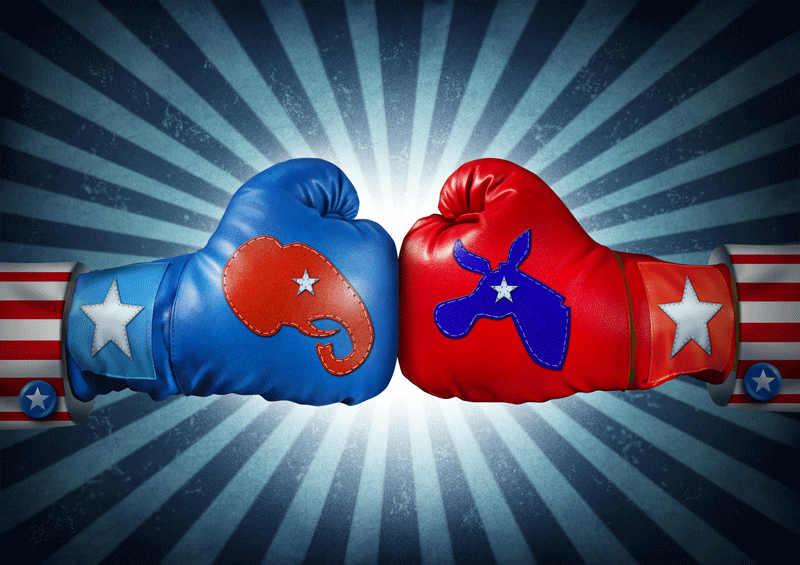- Current Events New Alabama Congressional District Selects Candidates
- Current Events Nebraska Rejects Winner-Take-All Proposal
- Citizenship Voting Under Age 18
- Citizenship Citizenship in Action
- Democratic Party Biden’s and Trump’s Recent Primary Results
- Elections Trump and Biden Win South Carolina and Michigan Primaries

New Events in the Presidential Impeachment Inquiry
On September 24, Democratic Speaker of the House Nancy Pelosi announced an impeachment inquiry begin in the House of Representatives. Since then, new information has been released daily as the story continues to grow and develop. Here, Election Central breaks down the key events that have happened so far to get you caught up and in the loop.
The Zelensky Call
Pelosi initiated the impeachment inquiry after a whistleblower revealed on September 24 that Trump, put pressure on Ukranian President Volodymyr Zelensky to dig up negative information on Democratic presidential candidate Joe Biden and Biden’s son Hunter during a phone call. (Hunter holds a seat on the board of Burisma Holdings, a Ukrainian natural gas company.) According to the whistleblower allegations, if Zelensky didn’t comply with this investigation of a potential Democratic opponent, Trump indicated that the U.S. would withhold military and financial aid to Ukraine.
So far, despite investigation, no evidence of wrongdoing by either Joe Biden or Hunter Biden has been found.
What is Quid Pro Quo?
This is a term you might have been hearing a lot in the news lately. The English translation of the Latin phrase is “Something for something.” The phrase refers to a situation in which a good or service is traded in exchange for something else of value. (Think of the expression, “I’ll scratch your back if you scratch mine.”) On October 3, Democratic leaders released dozens of text messages provided by Kurt Volker, the former U.S. special envoy to Ukraine. The texts revealed that the White House had indeed linked military aid to Ukraine with Ukraine’s agreement to investigate the Bidens, and that Ukrainian leaders accepted these terms. This is called a quid pro quo arrangement.
A Second Whistleblower
On October 5, a second whistleblower came forward to reveal that during the spring and summer of 2019, Trump and Rudy Giuliani–Trump’s personal attorney–attempted to pressure Zelensky to investigate the Bidens, and that if Zelensky didn’t comply, Ukraine would not receive the military aid that Congress had already earmarked for it. This account is very similar to the complaint provided by the first whistleblower.
The White House’s Role
According to the first whistleblower’s report, the White House misclassified the transcript of the Zelensky call so that the administration could save the documentation of the transcript on a top-secret server where few people would be able to access it. Under the regular classification of this type of phonecall, the transcript could not be secured on this type of server.
On October 3, during a brief conversation with the media on the grounds of the White House, President Trump called for China to join Ukraine in the international investigation against the Bidens. Then, on October 8, the White House released a letter calling the impeachment proceedings unconstitutional and announcing that it would no longer be cooperating with the investigation.
What’s Happening Now?
Trump continues to insist that it is completely appropriate for the president to seek the help of foreign countries to fight what he calls “corruption.” Meanwhile, two Ukrainian business owners, who are tied to a Ukrainian oligarch and who were hired by Giuliani to investigate the Bidens, were arrested on October 11 while trying to leave the United States. These Ukranian business owners are charged with making several unsupported donations to Trump’s reelection campaign, as well as the campaigns of several other politicians, including Florida Governor Rick DeSantis.


